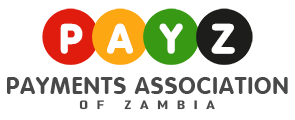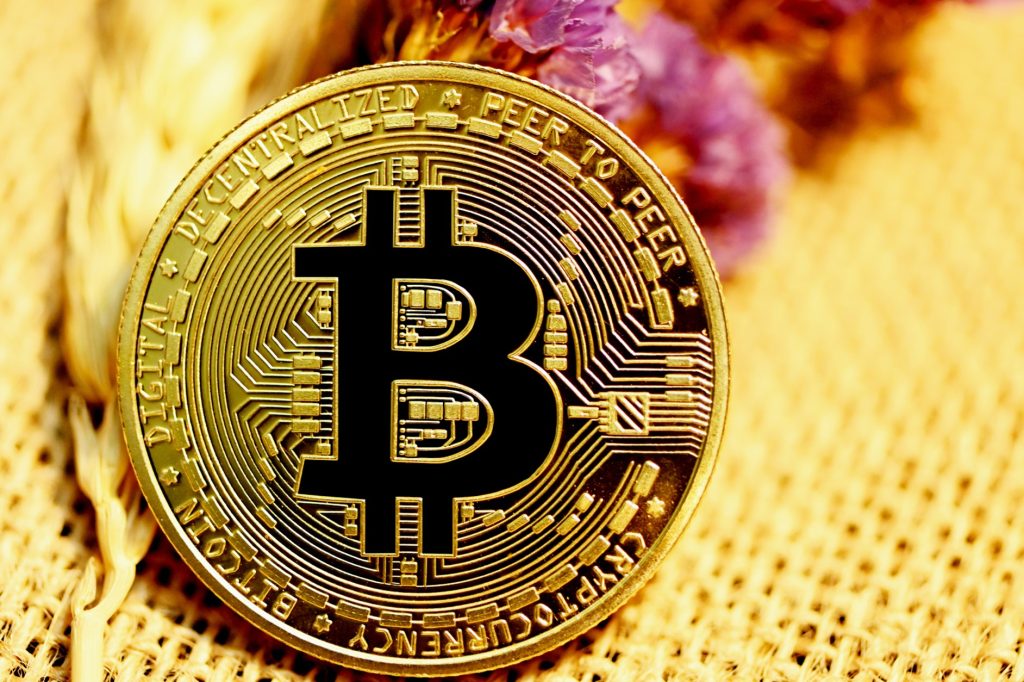Author: Jeffrey Stewart
Crypto objects versus financial assets
It has been observed that “crypto trading isn’t economically similar to any part of the traditional
financial services system and serves none of the productive purposes that define finance.” 1
Indeed, cryptocurrencies don’t act much like money 2: they are rarely used as a medium of exchange; 3 make a poor store of value owing to their volatility 4 and insecurity; 5 and are of not
much use as a unit of account except within their own ecosystems. 6 Further, they don’t carry the legal imprimatur and legal-tender status 7 of fiat currencies that are issued by central banks.
Equally, crypto-assets do not act much like securities: 8 the “investment contract” 9 is generally lacking and – except in the case where digital tokens point to real-world securities 10 – they do not represent claims on a stream of fixed income. Furthermore, they are rarely used as derivatives, except with respect to other cryptocurrencies. 11 Finally, “crypto-assets lack intrinsic economic value” 12 and the scarce tangibility found in commodities like gold, wheat, or oil.
Hence, cryptocurrencies and assets – instead of having their own intrinsic worth, being claims
on intrinsic worth (like money), being claims on future money (e.g. financial securities), or even
being derivatives used to bet on the future price of real-world securities or commodities, are a
different breed. It is more informative to view them as such.
Crypto assets are virtual digital objects that either point to something “out there” in the real world
– such as stocks, bonds, or even real estate or art – or alternatively, they are self-referencing
(“native”) and are largely constrained to their own ecosystem.
The regulatory conundrum
The misplaced desire to peg virtual objects as financial instruments is at the root of the would-be crypto regulator’s conundrum. The fact that crypto ledgers live offshore and are global
in nature further complicates regulatory efforts. 13 Accordingly, cryptocurrencies, assets, and tokens (also slippery definitions 14) are subject to a mish-mash of regulatory regimes around the
world.
In the United States for example – where President Biden issued an executive order for a”whole-of-government approach” to digital asset regulation in 2022 15 – crypto assets may be considered commodities under the CFTC, 16 securities under the SEC, 17 money under the
financial crimes regulator, 18 bank assets subject to prudential oversight under the Office of the
Comptroller of the Currency (OCC); 19 and property under the IRS for tax purposes, 20 all the while struggling, as a “virtual object”, to meet even the definition of property. 21 Law associations in the US go further, suggesting crypto assets should be regulated as “controllable electronic records”. 22 Many activities are not regulated at all. 23 Other jurisdictions may be further along in the coordination of their crypto-regulation but face the same hurdles. 24
The notion of cryptographically “controllable electronic records” is worthy of further
consideration: Other tokens and artifacts of blockchains and decentralized protocols, such as
governance and utility tokens, non-fungible tokens (NFTs), and smart contracts make an even
poorer fit with financial assets. Yet they impose risks on users that will likely be addressed with the regulation that views them as such. This mismatch exposes players in the ecosystem to a significant risk that the ground rules will shift under them as a result of a regulatory reckoning.
The emerging regulatory approach
Notwithstanding caveats about the nature of crypto objects, regulation around the world is steaming ahead in this space. The Bank for international settlements (BIS) has proposed three
broad models for controlling the risk associated with crypto activities: 25
First, specific crypto activities could be outright banned in a jurisdiction. China has done just that and has been largely successful and stamping out domestic crypto ownership and intermediation. 26 There are credible supporters of this approach even in less-regulated economies. 27 Critics of this approach point out that it “throws the baby out with the bath water” in terms of stifling potential innovation in the space and that it leads to “workarounds” that push risk into the unregulated dark corners.
The IMF nuances this approach and contends that “broad bans on crypto assets are likely to be disproportionate and ineffective in the long run, but targeted restrictions could help address immediate challenges while regulatory capacity is being built.” 28
Second, crypto activities could be “contained” in a manner that protects users and institutions in the traditional finance (Trad-Fi) sector from risks in crypto. This approach rests primarily on establishing “chokepoints” for individual and institutional flows of money into and out of the crypto ecosystem. However, investor risks would persist in the unregulated environment beyond the wall, and in practice, it would be difficult to stop the
two worlds from becoming intertwined.
The third approach involves regulating crypto in a manner analogous to the tradFi system. The imperfect fit of crypto into the realm of financial assets has not stopped rule-makers around the world from trying to do just that. Further complicating this approach is the fact that decentralized protocols often lack analogs to the TradFi world – and the associated functions and entities that are currently overseen by financial regulation. For instance, there is no issuer of Bitcoin per se, in the same way, a commercial bank issues liabilities (deposits).
Most regulators are keen on the third approach and are partial to IMF advice that “…authorities should take a balanced approach to harnessing the benefits of technology-driven innovation in financial services while ensuring that consumers and markets are protected.“29 Their hopeful
vision is that “regulation should not be seen as stifling innovation but rather as building trust.”30
References
1 CLS Blue Sky Blog: Let’s Stop Treating Crypto Trading as If It Were Finance | CLS Blue Sky Blog. Nov 2022
2 See e.g. PositiveMoney.org: What is Money. Accessed Jan 2023
3 See e.g. Coindesk: Why Haven’t Crypto Payments Taken Off? April 26, 2022
4 E.g. Naimy, Viviane & Chidiac, Johnny & El Khoury, Rim. (2020). Volatility and Value at Risk of Crypto Versus Fiat Currencies. 10.1007/978-3-030-61146-0_12. Nov 2020
5 E.g. Investopedia: Can Crypto Be Hacked?. Sept 2022
6 E.g. Ycharts: Ethereum Average Gas Price. Continuous update.
7 See e.g. CNBC: El Salvador’s bitcoin experiment: $60 million lost, $375 million spent, little to show so far (Oct. 13, 2022); Pymnts: Central African Republic Adopts Bitcoin as Legal Tender; Most Don’t Notice. Sept 2022
8 See e.g. European Central Bank (ECB) Blog: Bitcoin’s last stand. Nov 2022
9 E.g. Lee Reiners: Crypto Crash: Why Financial System Safeguards are Needed for Digital Assets. Prepared statement for the U.S. Senate Committee on Banking, Housing, and Urban Affairs. Feb 2023
10 E.g. Forbes: What Are Tokenized Securities And Why They Matter. Mar 2019
11 See e.g. Carnegie Mellon University: Cryptocurrency Derivatives Markets Are Booming, New Study Shows – Tepper School of Business – Carnegie Mellon University (Apr 2021)
12 ECB Financial Stability Review: Decrypting financial stability risks in crypto-asset markets. May 2022
13 E.g. International Monetary Fund (IMF): Regulating the Crypto Ecosystem: The Case of Unbacked Crypto Assets. Sept 2022
14 Aligning taxonomies has been a priority of international efforts. See e.g. GSMI – Global Blockchain Business Council
15 US Whitehouse: FACT SHEET: President Biden to Sign Executive Order on Ensuring Responsible Development of Digital Assets | The White House. Mar 2022
16 Commodity Futures Trading Commission (CFTC): Bitcoin Basics
17 Securities and Exchange Commission (SEC). See e.g. SEC and Crypto: Is Cryptocurrency A Security? – Forbes Advisor
18 Innreg: FinCen Cryptocurrency Regulation – Part 1: Foundations and Four Key MSB Considerations
19 Office of the Comptroller of the Currency (OCC): Interagency Statement on Crypto-Asset Risks to Banking Organizations
20 Internal Revenue Service (IRS). See e.g. Investopedia: Are There Taxes on Bitcoin? Nov 2022
21 E.g. Eldwick Law: Crypto Assets as Property | Eldwick Law. June 2022
22 Global Legal Insights: Blockchain & Cryptocurrency Laws and Regulations | USA | GLI. Accessed Feb 2023
23 E.g. American Action Forum: Who Regulates Crypto? – AAF. Aug 2022
24 See e.g. PwC: PwC Global Crypto Regulation Report 2023 – Amended to include the BCBS rules. Dec 2022
25 BIS: Addressing the risks in crypto: laying out the options. Jan 2023
26 World Economic Forum (WEF): What’s behind China’s cryptocurrency ban? | World Economic Forum. Jan 2022
27 E.g. Fortune: Warren Buffett’s right-hand man Charlie Munger, who once called crypto ‘rat poison,’ says we should follow China’s lead and ban cryptocurrencies altogether. Feb 2023
28 IMF: Regulating the Crypto Ecosystem: The Case of Unbacked Crypto Assets. Sept 2022. p.5






